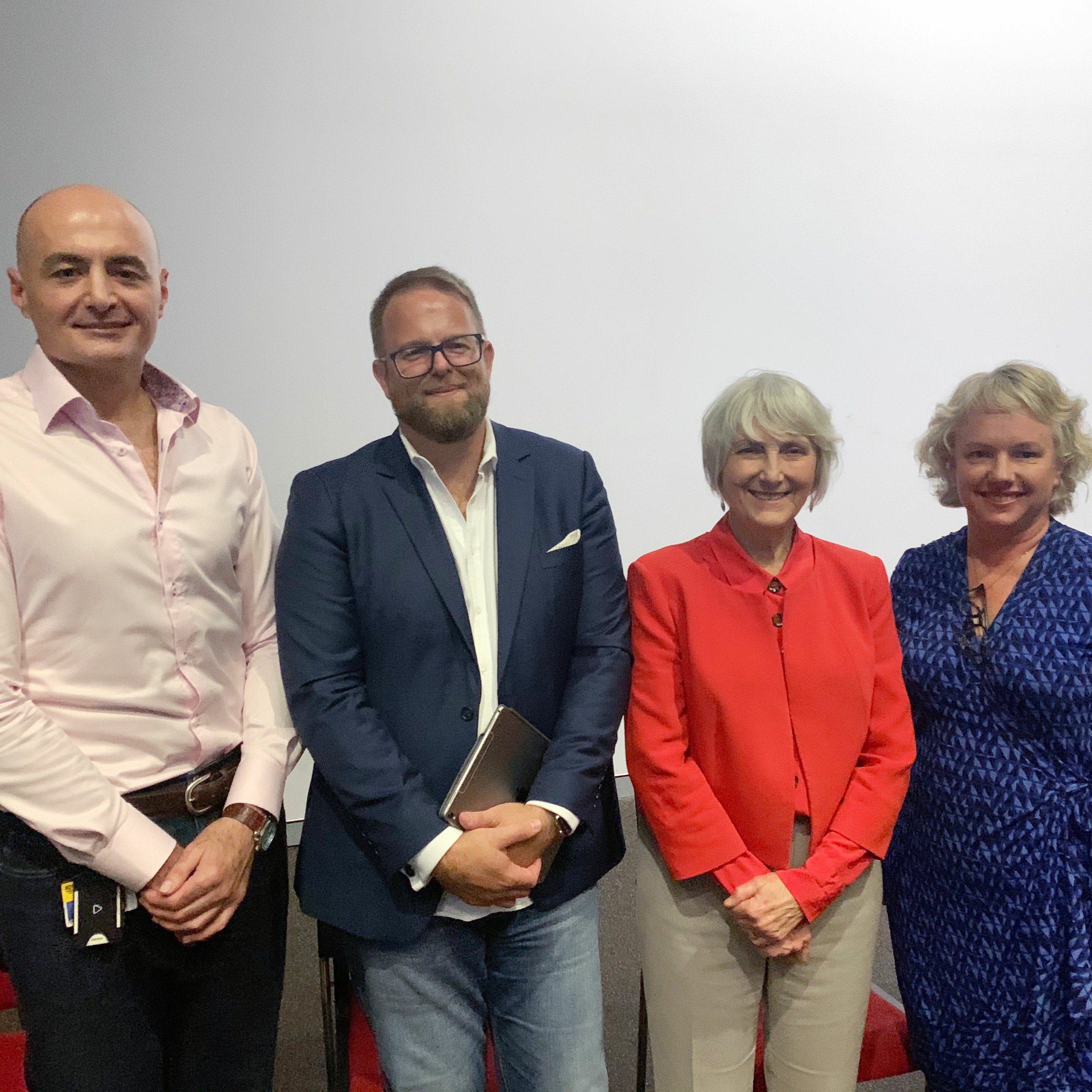
COVID-19: What are the facts? (11 March 2020)
Sydney Ideas
Shownotes Transcript
Since COVID-19 (the novel coronavirus) first emerged in December last year there’s been a lot of uncertainty, anxiety and misinformation. As of Thursday 12th March, the World Health Organisation has officially declared a pandemic.
The situation is of course rapidly developing. But it’s useful to get some perspective. What can we do to prepare and respond to this issue?
On Wednesday 11 March we hosted an information session with academic experts from the University of Sydney to answer critical questions, from health facts to broader societal implications in Australia.
THE PANEL – Associate Professor Adam Kamradt-Scott, expert in global health security and international relations – Professor Julie Leask, who has qualifications in nursing and midwifery. Her research focuses on risk communication – Professor Ramon Shaban, Professor of Infection Prevention and Disease Control, and internationally respected clinician and educator – Professor Tania Sorrell AM is Director of the Marie Bashir Institute for Infectious Diseases and Biosecurity (MBI) and Chair of the NHMRC’s Research Translation Faculty Steering Group on New and Emerging Health Threats
- Anna Burns, Public Programs Manager at Sydney Ideas, moderated the discussion.
WHAT WE COVER – Where are we right now? A brief timeline – What are the clinical symptoms (1.20) – The risk: how is it transmitted? (2.10) – Insights into the international perspective: how does it relate to our own experience here in Australia? (5.30) – Lessons from how other governments have responded? (9.00) – What's the level of contagion and the incubation period? (10.50) – Testing: where does it fit into the incubation and symptom timeline? (14.00) – Criteria for testing (14.35) – What's my risk and prevention tips with hubs and spots like public transport, pools, schools? (16.00) – Contact surfaces: how long does the pathogen stick around for? (17.20) – Level of risk for particular groups depending on age brackets, whether you have underlying symptoms? (19.20) – Anxiety and preparedness: how do you look after your mental health? (20.50) – The importance of accurate information (24.40) – Scenario planning and containment strategy, in Australia and abroad (25.20) – Are we likely to see an outbreak in NSW? And what would this mean? (28.30) – Capacity of our health system to deal with spike in cases? (30.20) – Insights on people's profiles and risk: pregnancies and chronic lung disease (34.30) – Hand hygiene, proximity: what are measures to minimise our risk? (37.25) – Consider the stigma social risks too, such as racism and be vigilant about this (38.35) – Re-infection: is it possible? Likely? (40.00) – A key message for people to take away: keep calm (41.50), trust the health experts and government (42.20), be cognisant of your impact on others (44.20) and scenario plan (44.45)
